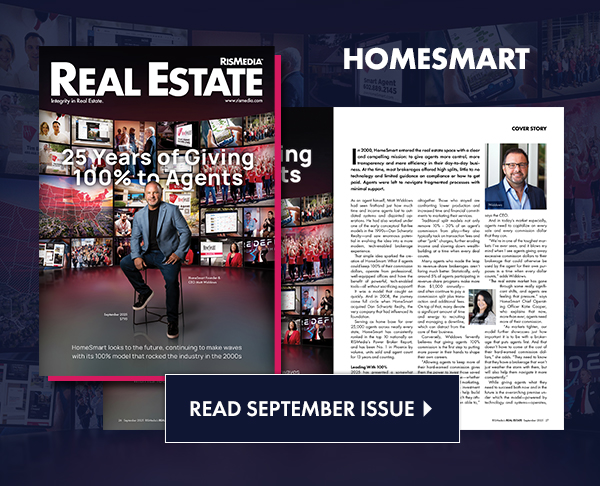If you buy a home, put down less than 20%, and finance the purchase with a conventional mortgage, you’ll have to get private mortgage insurance. PMI will protect the lender from a financial loss if you default on the loan. You may purchase PMI yourself, or you may find that lender-paid PMI is a better option.
What’s the Difference Between Lender-Paid PMI and Borrower-Paid PMI?
With lender-paid PMI, your mortgage lender will purchase a private mortgage insurance policy on your behalf. You will cover the cost of the insurance by paying a higher interest rate on your loan, rather than by paying a separate PMI premium each month.
With borrower-paid PMI, the insurer adjusts the premiums each year as the outstanding loan balance decreases. That means your monthly PMI payments will go down as you pay off your mortgage.
If you purchase borrower-paid private mortgage insurance, you’ll be able to stop paying for it once you reach 20% equity. If you choose lender-paid PMI, you’ll have to pay the higher interest rate for as long as you have the loan, regardless of how much equity you have.
Should You Choose Lender-Paid PMI or Borrower-Paid PMI?
The cost of private mortgage insurance will depend on your lender and the amount you borrow. Your lender will set your interest rate based on your creditworthiness. Getting lender-paid PMI may or may not be cheaper than purchasing PMI on your own, depending on your circumstances.
How long it will take you to reach 20% equity and how long you plan to keep the loan are key factors that will influence your decision. Borrower-paid PMI may be the better option if you expect to get your loan-to-value ratio below 80% relatively quickly. If you can put down close to 20% or make extra payments to pay down the balance ahead of schedule, you may be able to eliminate PMI in a few years and then enjoy lower payments for the rest of the loan term.
The higher interest rate associated with lender-paid PMI remains in effect for the life of the loan. If you take out a mortgage with a long term and keep the loan for the entire term, you may wind up paying more with lender-paid PMI than you would with borrower-paid PMI. If you sell your house before the end of the loan term, you may save money overall.
If you select lender-paid PMI and refinance your mortgage once you reach 20% equity, you will be able to take out a new loan without a PMI requirement. That means you won’t be charged a higher interest rate and your monthly payments may drop substantially. You will, however, have to pay closing costs, which may total several thousand dollars.









